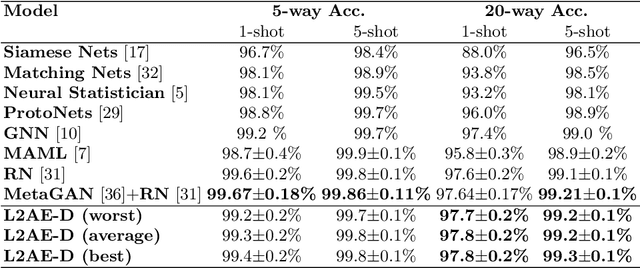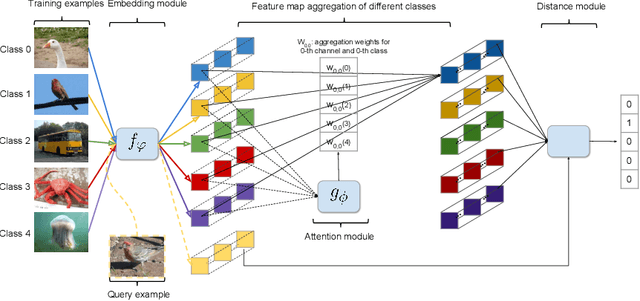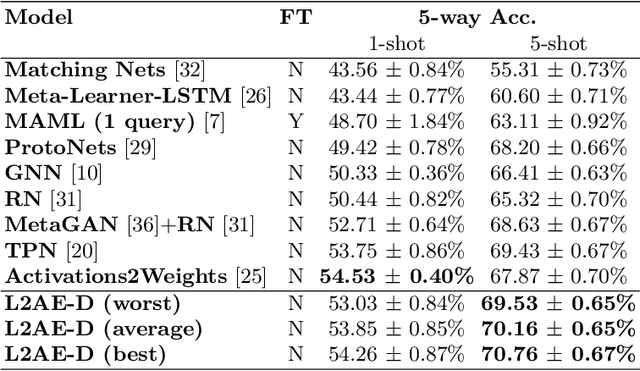Heda Song
The Energy Prediction Smart-Meter Dataset: Analysis of Previous Competitions and Beyond
Nov 07, 2023



Abstract:This paper presents the real-world smart-meter dataset and offers an analysis of solutions derived from the Energy Prediction Technical Challenges, focusing primarily on two key competitions: the IEEE Computational Intelligence Society (IEEE-CIS) Technical Challenge on Energy Prediction from Smart Meter data in 2020 (named EP) and its follow-up challenge at the IEEE International Conference on Fuzzy Systems (FUZZ-IEEE) in 2021 (named as XEP). These competitions focus on accurate energy consumption forecasting and the importance of interpretability in understanding the underlying factors. The challenge aims to predict monthly and yearly estimated consumption for households, addressing the accurate billing problem with limited historical smart meter data. The dataset comprises 3,248 smart meters, with varying data availability ranging from a minimum of one month to a year. This paper delves into the challenges, solutions and analysing issues related to the provided real-world smart meter data, developing accurate predictions at the household level, and introducing evaluation criteria for assessing interpretability. Additionally, this paper discusses aspects beyond the competitions: opportunities for energy disaggregation and pattern detection applications at the household level, significance of communicating energy-driven factors for optimised billing, and emphasising the importance of responsible AI and data privacy considerations. These aspects provide insights into the broader implications and potential advancements in energy consumption prediction. Overall, these competitions provide a dataset for residential energy research and serve as a catalyst for exploring accurate forecasting, enhancing interpretability, and driving progress towards the discussion of various aspects such as energy disaggregation, demand response programs or behavioural interventions.
L2AE-D: Learning to Aggregate Embeddings for Few-shot Learning with Meta-level Dropout
Apr 08, 2019



Abstract:Few-shot learning focuses on learning a new visual concept with very limited labelled examples. A successful approach to tackle this problem is to compare the similarity between examples in a learned metric space based on convolutional neural networks. However, existing methods typically suffer from meta-level overfitting due to the limited amount of training tasks and do not normally consider the importance of the convolutional features of different examples within the same channel. To address these limitations, we make the following two contributions: (a) We propose a novel meta-learning approach for aggregating useful convolutional features and suppressing noisy ones based on a channel-wise attention mechanism to improve class representations. The proposed model does not require fine-tuning and can be trained in an end-to-end manner. The main novelty lies in incorporating a shared weight generation module that learns to assign different weights to the feature maps of different examples within the same channel. (b) We also introduce a simple meta-level dropout technique that reduces meta-level overfitting in several few-shot learning approaches. In our experiments, we find that this simple technique significantly improves the performance of the proposed method as well as various state-of-the-art meta-learning algorithms. Applying our method to few-shot image recognition using Omniglot and miniImageNet datasets shows that it is capable of delivering a state-of-the-art classification performance.
Graph Node-Feature Convolution for Representation Learning
Nov 30, 2018



Abstract:Graph convolutional network (GCN) is an emerging neural network approach. It learns new representation of a node by aggregating feature vectors of all neighbors in the aggregation process without considering whether the neighbors or features are useful or not. Recent methods have improved solutions by sampling a fixed size set of neighbors, or assigning different weights to different neighbors in the aggregation process, but features within a feature vector are still treated equally in the aggregation process. In this paper, we introduce a new convolution operation on regular size feature maps constructed from features of a fixed node bandwidth via sampling to get the first-level node representation, which is then passed to a standard GCN to learn the second-level node representation. Experiments show that our method outperforms competing methods in semi-supervised node classification tasks. Furthermore, our method opens new doors for exploring new GCN architectures, particularly deeper GCN models.
 Add to Chrome
Add to Chrome Add to Firefox
Add to Firefox Add to Edge
Add to Edge